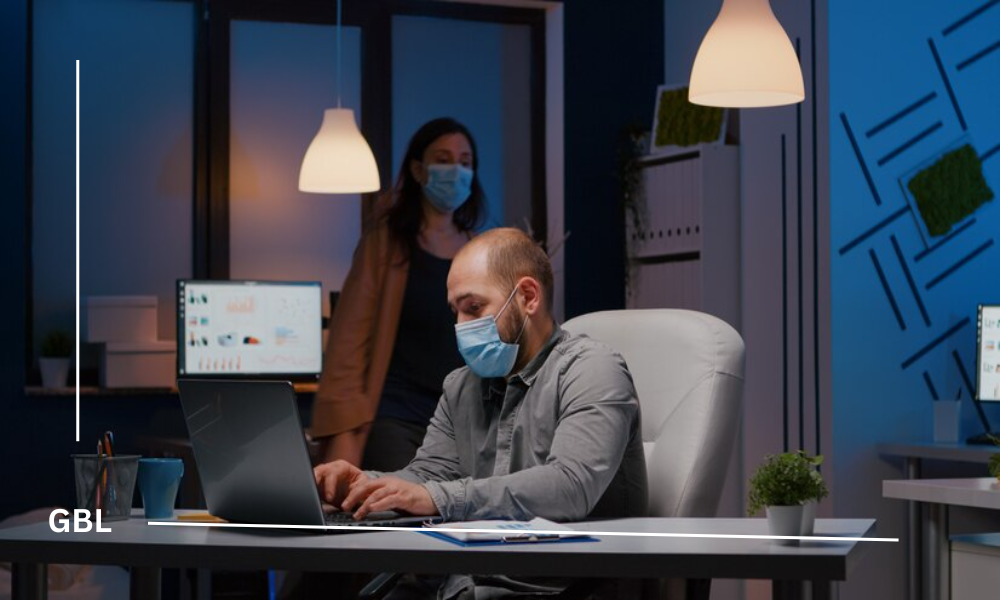The rise of remote work has brought countless benefits to employees and organizations alike, from increased flexibility to improved work-life balance. However, this new way of working has also introduced significant security challenges that companies are now scrambling to address.
The Shift to Remote Work
When the COVID-19 pandemic first forced businesses to adopt remote work, many viewed it as a temporary measure. But as months turned into years, it became clear that remote work was here to stay. Companies quickly recognized the advantages: happier employees, reduced overhead costs, and access to a broader talent pool. Yet, this shift also exposed numerous security vulnerabilities.
Increased Security Risks
Cybersecurity firm CyberGuard recently reported that 68% of companies have seen a rise in cyberattacks targeting remote workers. Unlike the controlled environment of an office, home networks are often less secure, making them prime targets for hackers. Phishing attempts, ransomware attacks, and social engineering tactics have become more sophisticated and frequent, taking advantage of the dispersed and often distracted workforce.
Personal devices used for work further complicate the security landscape. Many employees use their own laptops and smartphones, which may not adhere to corporate security standards. This increases the risk of data breaches and other cyber threats.
Steps Companies Are Taking
To combat these risks, companies are implementing a range of security measures. Multi-factor authentication (MFA) is now standard practice, providing an extra layer of security beyond traditional passwords. Virtual Private Networks (VPNs) encrypt internet traffic, making it safer for employees to access corporate networks from home.
Cybersecurity training has become crucial. “Security awareness training is vital,” says Jane Williams, Chief Information Security Officer at TechSafe Inc. “Our employees are our first line of defense. Teaching them how to recognize phishing emails and secure their home networks can significantly reduce the risk of breaches.”
Leveraging Technology
Technological solutions are essential in securing remote work environments. Companies are investing in endpoint security software to protect devices from malware and other threats. Cloud-based security services offer scalable, flexible protection suited to the needs of remote workforces.
One promising approach is the zero trust security model, which operates on the principle of “never trust, always verify.” This model requires continuous verification of users and devices, ensuring that only authorized personnel can access sensitive information.
A Look to the Future
As remote work becomes a permanent fixture in the business world, maintaining robust security measures will be a top priority. Organizations must stay ahead of cyber threats, continually evolving their strategies to protect their data and employees.
By prioritizing security, companies can safeguard their operations, protect their employees, and maintain the trust of their customers. The challenges are significant, but with the right measures in place, businesses can navigate this new landscape with confidence, ensuring that remote work remains a safe and productive option for the future.

















